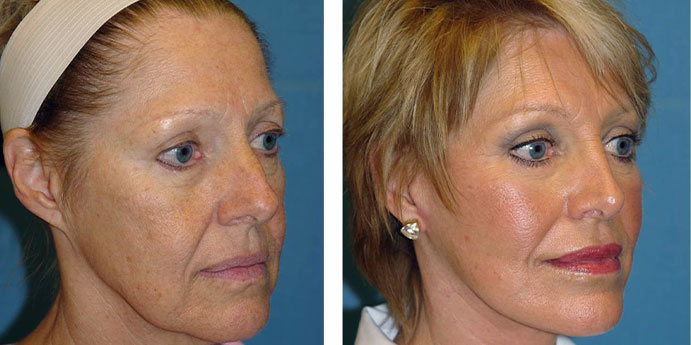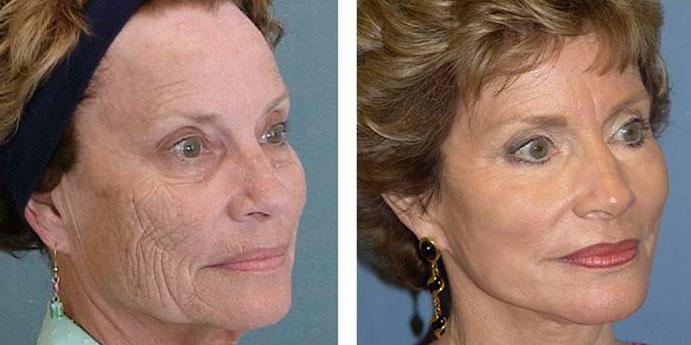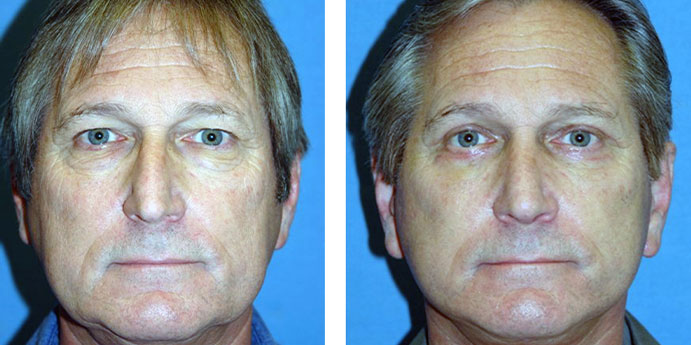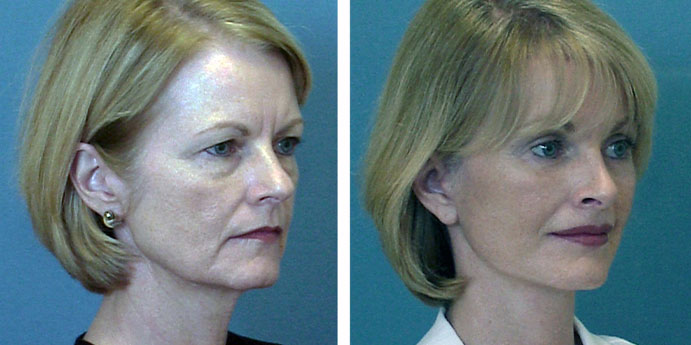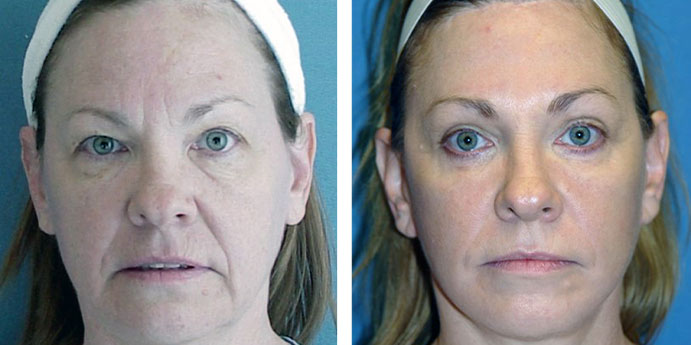A facelift, also known as rhytidectomy, is a cosmetic procedure aimed at rejuvenating the face and neck by reducing signs of aging, such as wrinkles and sagging skin. Through careful incisions and skin tightening techniques, a facelift in Gulf Shores can help restore a more youthful appearance. The techniques developed, and used, by Dr. McCollough produce facelift results with a “natural” and “un-operated” look.
What Is (Or Isn’t) a Facelift?
The term “face lift” is often used incorrectly to describe a total facial rejuvenation, which, in reality, consists of eyelid surgery, face lift and perhaps skin resurfacing. While a “face lift” provides the foundation for the rejuvenation process, other procedures may add the “finishing touches.” By no means, however, does this mean that every patient who requests a face lift must have any additional procedures, or must have a “complete” face lift (see below).
The goal of a face lift is to reduce the sags and folds caused by loose skin and to lift and reposition both the muscles and fatty tissues of the face and neck which tend to sag with years or premature aging. In some cases, liposuction is performed at the same time to remove excess deposits of fat in the lower cheeks and neck. Face-lifting does not correct problems in the upper or lower eyelids, or the wrinkles or creases in the lips. Other procedures (blepharoplasty or skin resurfacing) are required for these conditions.
The face lift operation may be divided into three parts: the forehead or eyebrow lift (the upper one-third), the cheek lift (the middle one-third), and the neck lift (the lower one-third). Most people require all three components but occasionally only one or two portions are recommended. Most people seeking “neck lifts” require some lifting of the cheeks in order to avoid “puckering” of the skin around the ears. We will advise you in your particular situation.

Who Should Have a Face Lift?
Men and women from all walks of life are having facelifts; however, not everyone seeking rehabilitation of the aging skin of the face and neck is an acceptable candidate for surgery. Those with known serious medical problems are usually excluded. Patients who are obese or who have a short, thick, neck have little chance for a worthwhile result. The severe “turkey gobbler” deformity which occurs in the neck of some individuals may best be corrected by a direct excision in the midline of the neck under the chin. Finally, those with unrealistic expectations are not accepted.
Nicotine interferes with blood flow through the skin of the face, delays healing and tends to increase the incidence of complications. Please notify us of any tobacco use or smoking cessation aids you may be using. Doing so will be in your best interest. Schedule your consultation for a facelift in Gulf Shores today!
Facelift
Before & Afters
*Each patient is unique, and individual results may vary.
Patient Testimonials
”I just can’t say enough good stuff! Wow! I am so pleased with how everything turned out! I look like the person on the outside that I feel like on the inside. I don’t use filters anymore. I’m excited for the pictures at my daughter’s wedding. Dr. McCollough and Emily took such good care of me. He went the extra mile with every check up. At the last appointment I said “I don’t even know why I’m here, everything is perfect”. I have had a lot of health issues and it’s alway like a factory, just the basics, not with Dr. McCollough, he even took off my skin tags just because!! I have no regrets
-H.J.
Voices of Transformation
The Reasons to Consider Facelifts
Face-lifting may be done for one or two reasons: to help prevent the advancement of aging, i.e., to help relatively young individuals (the Forty-Something group) to appear to stay young. The second reason is to assist one who is already wrinkled or whose skin sags to appear younger, fresher and more rested—to help one recapture the appearance once enjoyed.
Naturally, everyone contemplating the operation is interested in how much improvement they can expect … and for what duration. The amount of improvement depends on the degree of wrinkling and sagging present; if it is excessive, the results may be dramatic; if sagging is occurring prematurely and the operation is being done to attempt to keep the patient looking young, the improvement may be more subtle.
Remarks may be made that the skin appears “less tired” and the face “looks more alive, rested and fresher.” Some people look as though they have “lost weight” because the heaviness along the jawline and in the neck has improved. Dr. McCollough tells his patients to pull out photos of themselves taken between 12-15 years ago; and that is what they can expect from him. The same “you”, just the younger version that you enjoyed a decade or so ago.
The McCollough Face Lifting Classification System
“Face lift” is the term commonly used to describe a surgical procedure better known in medical circles as “rhytidectomy” (removal of loose, wrinkled skin of the face and neck). Our facelift in Gulf Shores is designed to recreate the firmer, smoother face of youth. However, not all face lifts are the same – nor should they be! The reason is: not all faces are the same. And, at different ages the same face is a different face. Dr. McCollough’s system consists of five (5) general treatment plans. Keep in mind that the staging is based upon how the majority of people in any given age group look. Some patients age more rapidly than other. Others age more slowly.
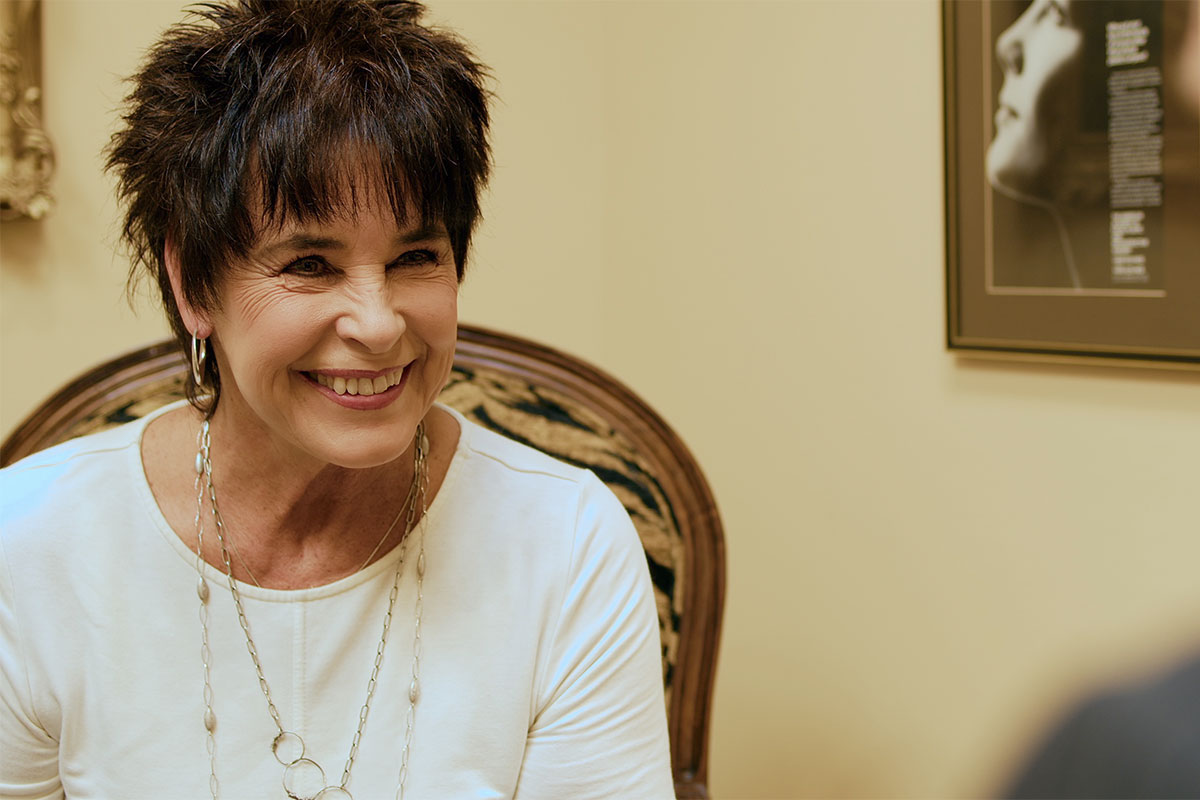
Stage I (The Less Than Thirty Face Lift)
For the younger individual who has little or no loose skin and may require only liposuction to remove unwanted fat and bulges.
Stage II (The Thirty-Something Face Lift)
For the patient who is beginning to notice sagging of the brows and cheeks, but not the neck. Whenever sagging tissues are present, facial muscles and fat must be repositioned into their more youthful relationships. In such cases a small amount of loose skin is removed.
Stage III (The Forty-Something Face Lift)
For the patient who exhibits sagging brows, cheeks and neck. Some of these patients may or may not need liposuction for contouring jowls and fullness under the chin. All, however, require suspension techniques to muscles and fat.
Stage IV (The Fifty-Something Face Lift)
For the patient with generalized facial and neck sagging, with – or without – jowls and wrinkles around the mouth. With more obvious muscle, fat, and skin laxity, more suspension of these structures is required.
Stage V (The Sixty-Plus Face Lift)
For the patient with advanced aging, coupled with sagging of all facial areas, including the forehead, brows, cheeks, and neck. At this stage in the aging process, deep folds develop in the groove between the nose and face, jowls droop below the jaw line, and the muscles of the neck often produce string-like bands that run vertically from the chin to the upper chest. Many of these patients are also beginning to exhibit wrinkles and blemishes over most of the face.
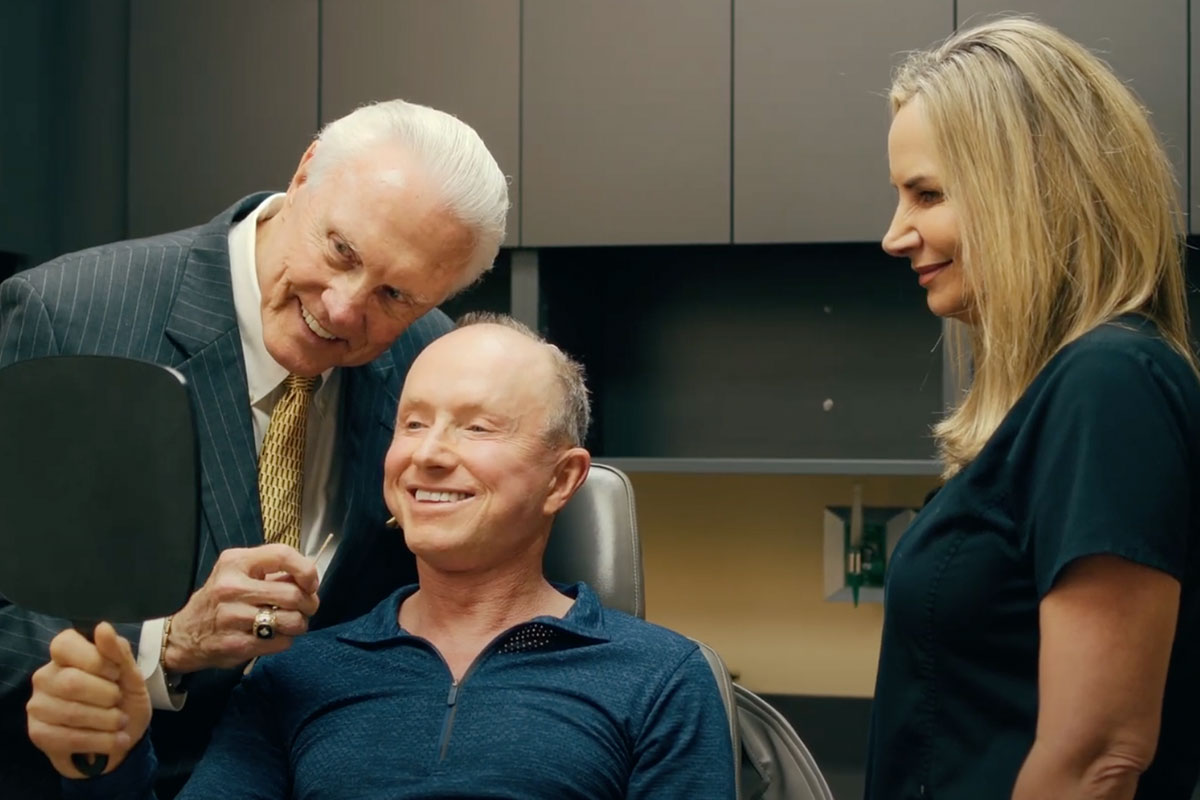
Turning Back the Clock
A face lift generally helps turn back the clock. It does not stop the ticking. The excess skin and fat in the neck and lower jaw is removed at surgery. Any slack seen in the postoperative period is a result of continued aging and breaking down of the skin that remains. Had the surgery not been performed, the patient would have the “new” sags on top of the “old” sags which were removed at surgery. Tuck-ups help maintain a youthful appearance in the patient who chooses to have additional surgery. Tuck-ups are generally less extensive, less expensive, and quite effective.
How Long Does It Last?
The duration of the results achieved with a face and neck lift cannot always be accurately predicted. If wrinkling and/or sagging is severe it will obviously take years before the condition becomes as bad as it was before surgery. If the natural degenerative process in the skin is occurring rapidly (as in sun-damaged skin), wrinkling and sagging will also accumulate more rapidly. This is precisely when “tuck-up” or “spot-welding” procedures are helpful.
No operation can permanently prevent aging but the individual should never appear as old as he/she might have if the operation had not been done. Any sagging noticed after a face lift is a result of the continuation of the aging process. When sagging becomes a problem again, a “tuck-up” procedure can be done which may provide dramatic and long-lasting improvement. For the best results, every patient should be evaluated within a year or two following surgery.
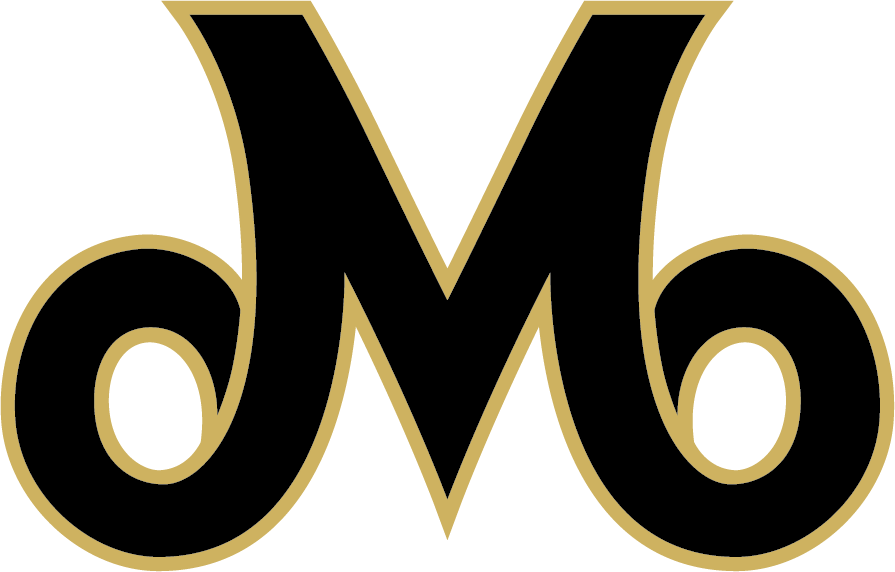
Schedule Your Consultation
Dr. McCollough is a double board-certified facial plastic surgeon renowned for his expertise in enhancing not only your appearance but your overall quality of life. Dr. Taylor is a comprehensive plastic surgeon. At McCollough Plastic Surgery, located in the picturesque Craft Farms near Gulf Shores/Orange Beach, Alabama, you can initiate your journey to a rejuvenated you by scheduling your consultation for a facelift in Gulf Shores today.

